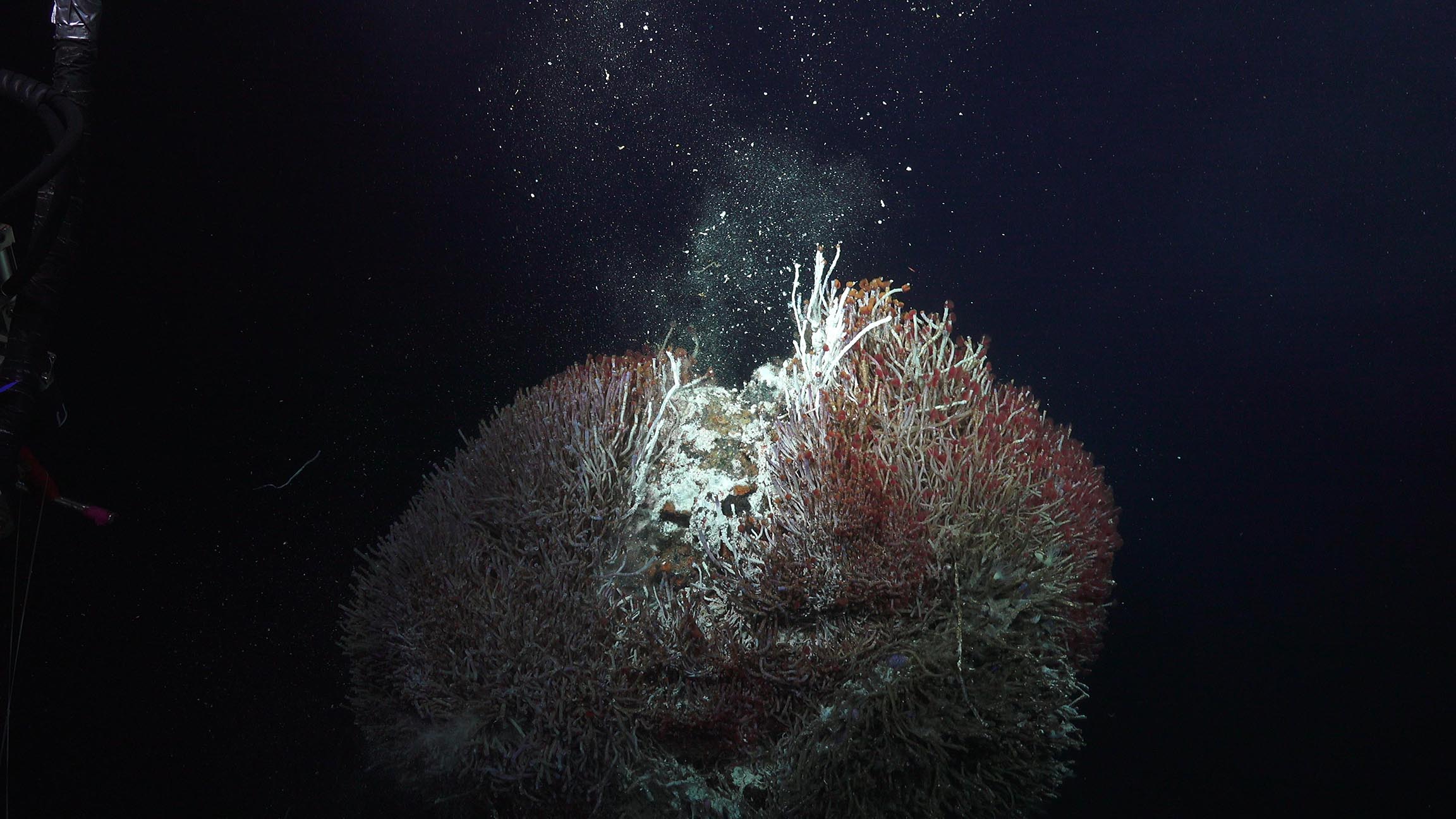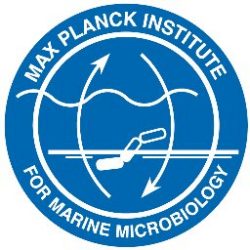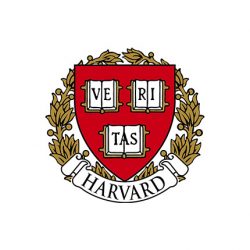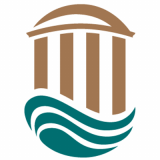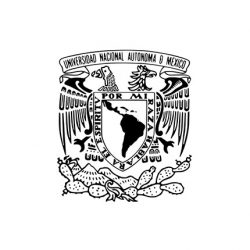The Gulf of California is a young ocean undergoing changes including active seafloor spreading, early rifting, and large-scale hydrothermal activity. The rare combination of geological dynamics present in the Gulf of California makes it an ideal place to advance our understanding of deep ocean hydrothermal ecosystems. The basin offers a natural laboratory for investigating changes in microbial communities and dynamics over meter-scale temperature gradients in hydrothermal habitats and between hydrothermal vents and cold seeps along a larger south to north gradient in thermal regime and sedimentation.
Dr. Samantha Joye and her multi-national team will compare the biology, geology, chemistry, and microbiology of sites along the southern to the northern Gulf. The northern area is largely unexplored and the geological characteristics, microbiology, and seafloor fauna are unknown, making a portion of the expedition exploratory in nature. We will explore known and new sites in the Guaymas and Pescadero Basins, building on previous work and diving on new sites. The team aims to identify and quantify habitat-specific microbial populations and assess how those microorganisms interact with the geologic structures and megafauna of vents, seeps, and hydrates. The scientists will visit eight areas in the Gulf, seeking to reveal previously unknown areas with shipboard mapping that is followed by collection of sediment, fluid, and microbiology samples collected with ROV SuBastian. In-situ tools including the ABISS autonomous lander and jumbo osmotic fluid samplers will be used to obtain geochemical data under in situ conditions. Together, these data will help us unravel the microbial mysteries of the Gulf of California.
Microbial Magic
The science team aims to identify and quantify habitat-specific microbial populations and assess how those microorganisms interact with the geologic structures and megafauna of vents and seeps. During the expedition, the team will try a few new things to characterize microbial populations. Genetic sequencing will begin on board the Falkor using an Oxford Nanopore MinION sequencing system. The MinION system allows for genetic sampling using a device the size of a thumb drive. With minimal prep, this amazing sequencer will provide a real time assessment of microbial -omics data. In addition to -omics data, the science team will assess rates of microbial activity using sensitive isotopic tracer techniques and shipboard incubations, and carry out comprehensive geochemical characterization of each habitat.
Back on land, state-of-the-art sequencing tools will yield additional data of metagenomes (DNA), transcriptomes (RNA), and metabolomes (organic carbon metabolites) of the different habitats. These “-omic” methods will provide thorough and robust characterization of microbial activities, and may reveal new microorganisms, new metabolisms, and new microbe-macrofaunal interactions.
Beyond Microbes
The scientists will visit eight sites in the Gulf, looking for hydrothermal plumes above active vents. These plumes will be sampled using the CTD with transect mapping used to better characterize the vent signatures. ROV SuBastian will be deployed to collect sediment, fluid, microbial mats, and benthic fauna samples. Finally, using the ABISS Lander, a novel biogeochemical seafloor observatory, developed in part by the Girguis lab at Harvard, will be used for in-situ sampling.
Special ROV-mounted Jumbo Rapid OSMO samplers, designed by Dr. Joye and colleague Laura Lapham at Maryland, will allow researchers to recover fluids from the deep ocean to determine in situ concentrations of dissolved constituents. The team will also use microscopy to visualize collected microbes and animals.
This expedition will not only advance our understanding of seafloor spreading dynamics, but inform responsible use and protection of valuable marine resources from these rare and underexplored regions.
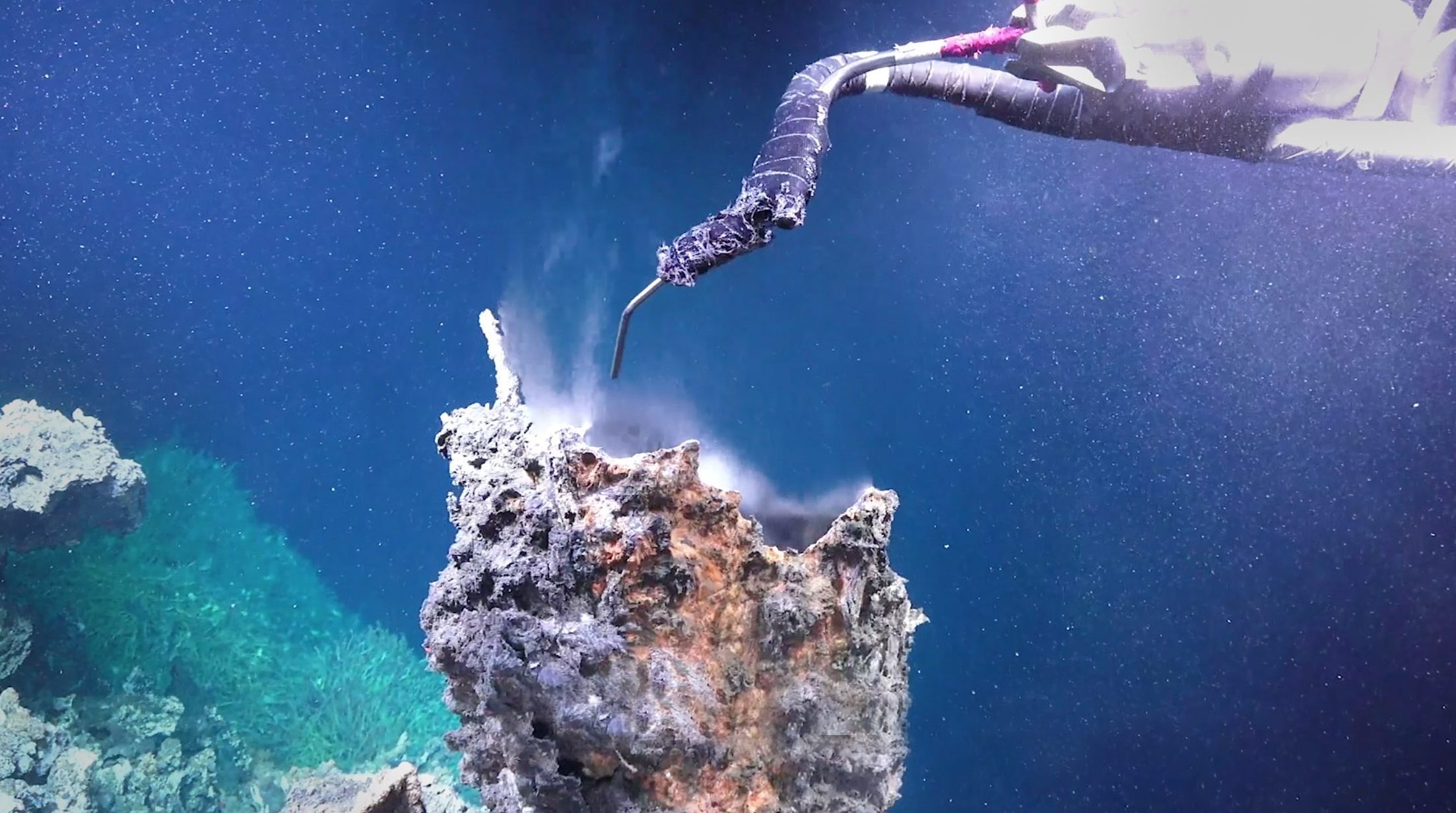
Data & Publications
The resulting shipboard sensor data is being archived at Rolling Deck to Repository and is now available.
ADCP data is curated and archived by University of Hawaii.
Data collected by ROV SuBastian including CTD, photography, navigation, and event logging is available at MGDS.
Biogeochemical data resulting from analysis including Acetate and methanol turnover rates, porewater chemistry, sediment geochemistry, hydrography, water column chemistry, sulifdes and nutrients data is all archived in BCO-DMO.
Water column radiotracer methan oxidation rates are now available in BCO-DMO.
Water column geochemical measurements from CTD samples are now available in BCO-DMO.
Geochemical measurements of porewater from sediment push core samples is now available in BCO-DMO.
- 30 day Preliminary Cruise Report: Microbial Mysteries: Linking Microbial Communities and Environmental Drivers
- De Oliveira, A., Mitchell, J., Girguis, P., Bright, M. (2021). Novel Insights on Obligate Symbiont Lifestyle and Adaptation to Chemosynthetic Environment as Revealed by the Giant Tubeworm Genome. Molecular Biology and Evolution, 6:msab347, doi: 10.1093/molbev/msab347. [This article has been published as OPEN ACCESS].
In the News
Listen: Scientists react to deep-sea mirror pool sighting
MSN GeoBeats • September 6, 2020
The upside-down pool in the ocean
Yahoo News • July 8, 2020
Scientists find mesmerizing upside down mirror pools on the sea floor
Cnet.com • April 3rd, 2019
Scientists Find New Hydrothermal Field
Marine Technology News • April 3rd, 2019
Spectacular ‘Mirror Pools’ and New Species Discovered During Deep-Sea Expedition in Gulf of California
MSN.com • April 3rd, 2019
Mesmerizing Mirror Pools Discovered On Ocean Floor Amidst Human Garbage
IFLS.com • April 2019
Otherworldly mirror pools and mesmerizing landscapes discovered on ocean floor
Science Daily • April 3rd, 2019
Check Out These Otherworldly Mirror Pools at the Bottom of the Ocean
DailyMotion (AmazeLab) • April 3rd, 2019
Check Out These Otherworldly Mirror Pools at the Bottom of the Ocean
KGW8 • April 3rd, 2019
Amazing ‘Mirrors’ Spotted Deep in Sea
Weather Channel • April 3rd, 2019
Stunning ‘Mirror Pools’ seen on ocean’s floor reveal otherworldly landscape
Fox News • April 4th, 2019
Mirror Pools, New Lifeforms, and Mesmerizing Landscapes Discovered on Ocean Floor
ECO Magazine • April 4th, 2019
Stunning ‘Mirror Pools’ Discovered on The Edge of Boiling Deep Sea Vents
Above Top Secret • April 4th, 2019
Something Wondrous (#7)
Axios Science • April 4th, 2019
Stunning ‘Mirror Pools’ Discovered on The Edge of Boiling Deep Sea Vents
Science Alert • April 4th, 2019
Found: Hot Pink ‘Pagodas’ at the Bottom of the Sea
Atlas Obscura • April 5th, 2019
New Mirror-Like Pools Discovered Deep in the Pacific Ocean
Gizmodo • April 5th, 2019
Scientists Discover Portal To World Similar To Upside Down On ‘Stranger Things’
International Buisness Times • April 5th, 2019
Explorers find otherworldly ‘mirror pools’ in sea
MNN • April 5th, 2019
Check Out These Otherworldly Mirror Pools at the Bottom of the Ocean
WKYC • April 5th, 2019
Scientists Uncover Portal To World Comparable To Upside Down On ‘Stranger Things’
Infosurhoy • April 5th, 2019
Scientists Find Mesmerizing ‘Mirror-Like Pools’ in the Pacific Ocean
Geek.com • April 5th, 2019
Mirror-Like Pools Hidden Under The Pacific Ocean
The Science Times • April 6th, 2019
Otherworldly Mirror Pools, New Lifeforms, and Mesmerizing Landscapes Discovered on Ocean Floor
ROV Planet Magazine • April 6th, 2019
New Mirror-Like Pools Discovered Deep in the Pacific Ocean
Gizmodo Australia • April 8th, 2019
‘That Can’t Be Real!’ Deep-Sea Explorers Find Trippy, Rainbow-Colored Wonderland
Live Science • April 8th, 2019
Rainbow mineral towers found under trash at ocean’s floor
SlashGear • April 8th, 2019
Scientists Spot Beautiful Optical Illusion at Bottom of the Sea
Smithsonian Magazine • April 8th, 2019
New Mirror-Like Pools Discovered Deep in the Pacific Ocean
Gizmodo UK • April 8th, 2019
Scientists find superhot “mirror” pools in unique deep Pacific environment
ZME Science • April 8th, 2019
‘That Can’t Be Real!’ Deep-Sea Explorers Find Trippy, Rainbow-Colored Wonderland
Yahoo News • April 8th, 2019
Researchers Discover Glimmering Mirror-Like Pools In The Pacific Ocean
The Tech Times • April 9th, 2019
A candy-coloured underwater oasis has been discovered at the bottom of the Gulf of California
Lonely Planet • April 16th, 2019
Under The Sea: Ocean researcher explores an underwater world
UGA Today: Great Commitments • April 16th, 2019
Otherworldly Mirror Pools, New Lifeforms, and Mesmerizing Landscapes Discovered on Ocean Floor
Sevenseas Media • May 2019
